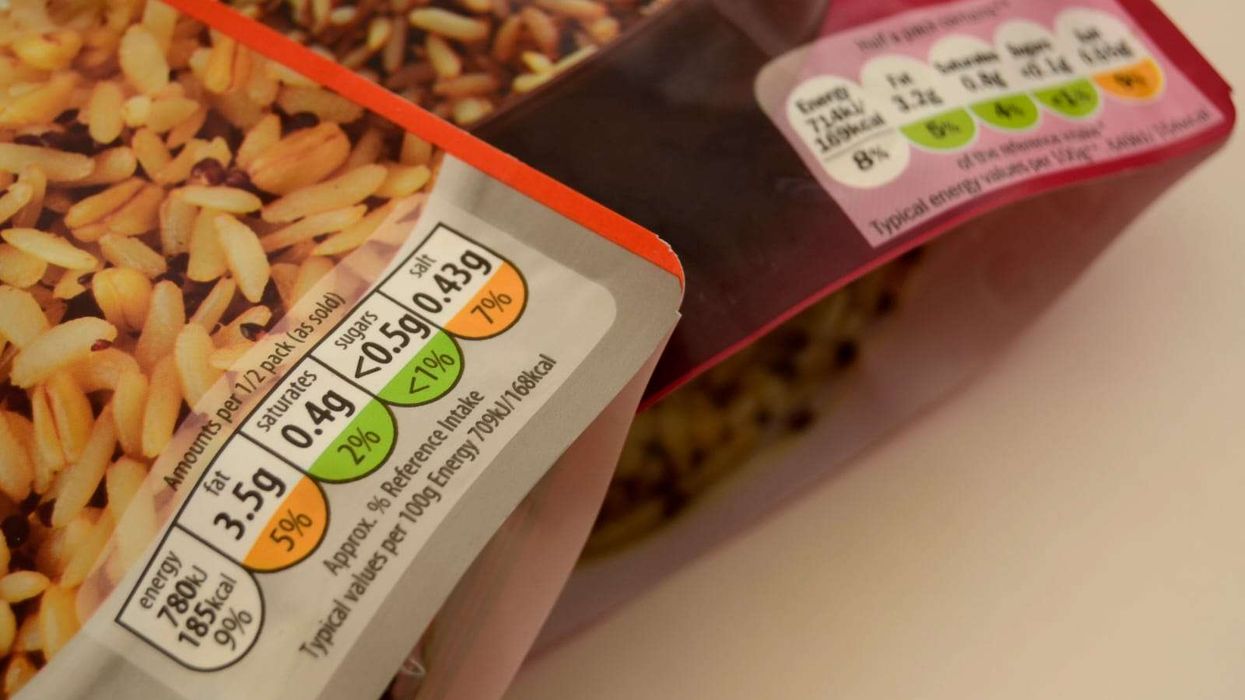SHELINA JOKHIYA ON WINNING THE SPACE SAVING WAR
by ASJAD NAZIR
EVERYONE collects clutter over time and during lockdown that habit has probably become worse, which isn’t good when more people than ever are spending time at home.
That clutter not only takes up more space, but makes it harder to find things and can also affect mental health. British entrepreneur Shelina Jokhiya decided to combat that space-eating chaos by setting up a business to help people live and work in a more breathable space.
Born and raised in Kent, she moved to Dubai 15 years ago and worked as a solicitor for many years, but after feeling burned out set up her company DeCluttr Me. Having always been organised since childhood, she has used that ability to set up a successful space saving venture, which helps homes and offices become more streamlined, including via online consultations.
Eastern Eye caught up with Shelina Jokhiya to talk about her unique business, podcast, top tips for decluttering, common mistakes people make and how to make life easier by making space.
Tell us about your business DeCluttr Me?
I help people find their items in five seconds or less. That happens by decluttering things they don’t need, use or want and then organising what is left into proper systems, so they can easily find items quickly. I mostly work with people in their homes, but also do offices.What are the key benefits of decluttering?
It helps remove the clutter cloud hanging over your head. I have seen people who have decluttered and organised with me physically stand taller and look happier after the session. The stress, frustration and overwhelming feeling of having clutter in their life can take a massive toll. Once that is removed, you can see items properly and negative feelings do go away eventually.Do you have a different approach with homes and offices?
Yes! With homes, it is your personal space and there are more emotions attached to items. It is often more difficult to declutter items from your home than in your office because of an emotional attachment. With offices, there has to be an education with employees that they are decluttering and organising to make their jobs more efficient and easier, and also to help the business be more productive and save money. A lot of money gets wasted on space that is full of clutter.Is there a top tip that you can give for decluttering a home? Declutter in sections. Don’t take everything out from say your wardrobe or cupboard as it will get overwhelming. Do it section by section.
What are the key mistakes that people make when trying to organise themselves at home?
They take everything out from all the cupboards, wardrobes or shelves and feel overwhelmed looking at all the stuff lying there. It is not healthy and won’t help clear the clutter and get organised. Do a mini declutter in a space. Do one shelf for 10-15 minutes, then another shelf, section of a wardrobe or box the next day, etc. If you do this for a week, then you will clear up a lot of the room or even all of it.What is the secret of organising clothes and accessories neatly? Use the right hangers, have the right amount of shelving and hanging space, and declutter. The more you declutter, the easier it will be to see clothes and accessories you really want to use and love. I always suggest people also use the buy one get rid of two rule. It enables you to declutter more frequently and gain more space in your wardrobe.
What are some of the common things people tend to hold on to? A lot of my clients have that one thing they like buying a lot of, whether it be shoes, foundation, jeans or even crockery. They find it difficult to let go of them as they have ‘collected’ them. We review the items and see what is old, not used, doesn’t fit or is just plain ugly and give that for donation.
What about things that people hold onto because of nostalgia? Clothes are a big thing in terms of nostalgia. I always ask if the client has pictures of the clothes on, if yes, frame that picture or put it in an electronic photo frame with other photos. Why keep clothes and take up valuable real estate in your wardrobe if you can’t see it.
What about food clutter?
From 1970-1990s, when less shops sold what a family required, especially South Asian ingredients, they would bulk buy and that has been carried on by some. Today, more shops cater to what people need and you can shop online, which means bulk items no longer need to take up valuable real estate in the kitchen. Start buying enough for a few weeks and stock up when required. This means there is less food wastage, which subsequently saves money.How has lockdown affected clutter people have?
Yes, a lot of people have been shopping online as it has been easier to do and accumulated more things. Now will be the time to review the items they have bought and declutter old items to make room for new ones.Tell us about your podcast?
The Decluttr Me podcast is broadcast weekly on the major podcast players globally. On the podcast, my producer Chirag and I discuss organising and decluttering physically, mentally and digitally (he knows the digital side more).Why do you love the job you do?
I get to help people become less stressed and happier in an area of their lives. The happiness I see at the end of the session is a great feeling. Also, I love organising and get energy from it, so helping someone to be organised like me is a major perk. A side positive is that I get to see some fabulous bags, shoes and clothes.Visit www.decluttrme.com to book an appointment. Facebook, Twitter and Instagram: @decluttrme












